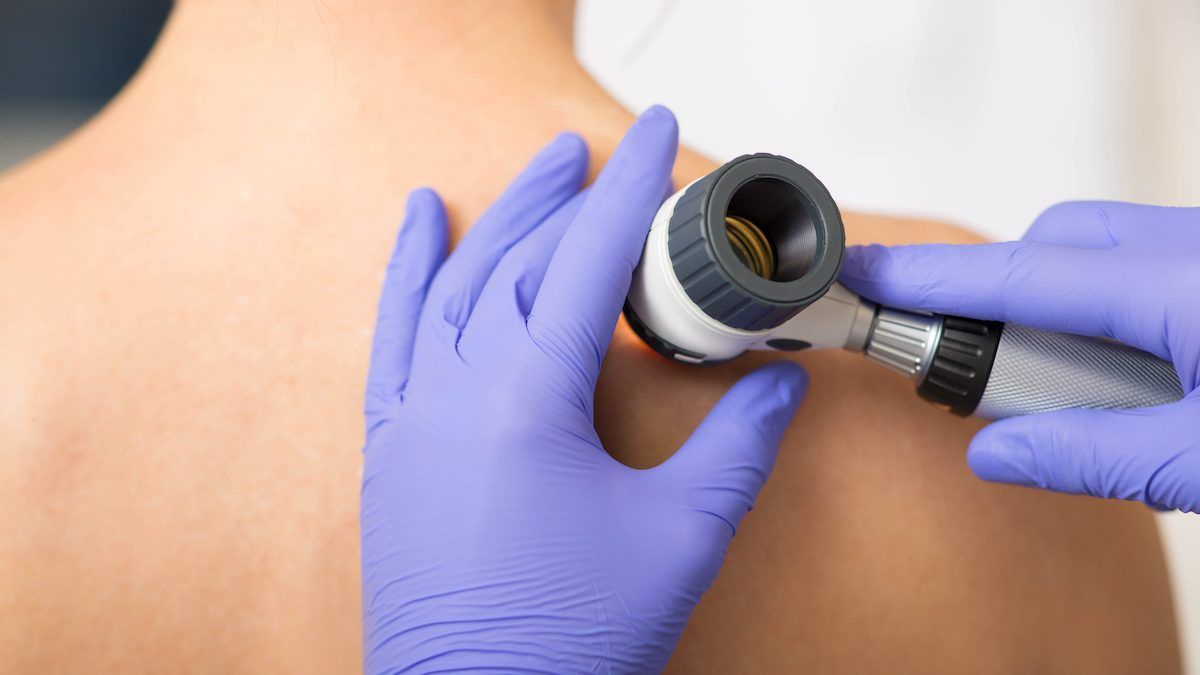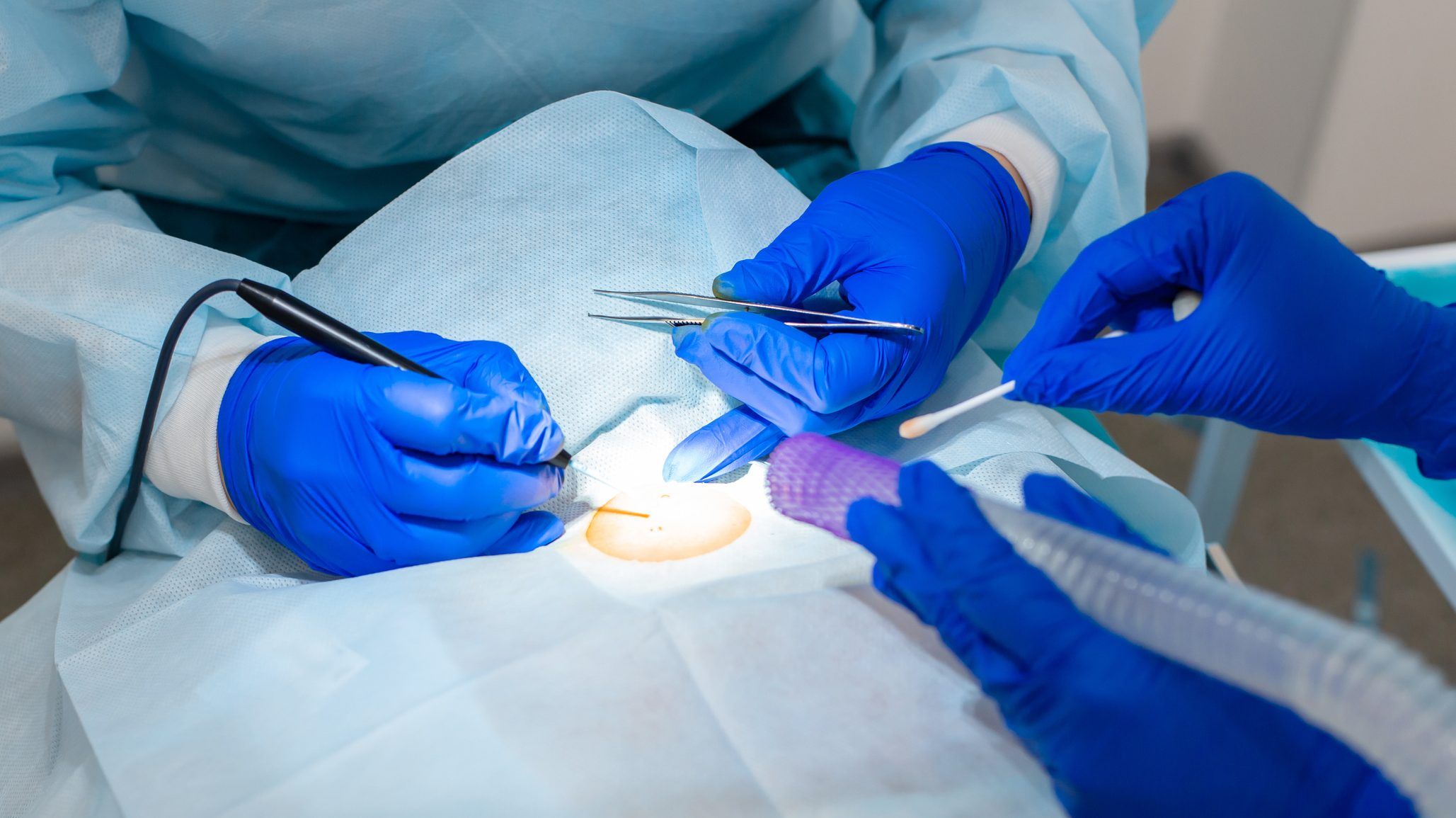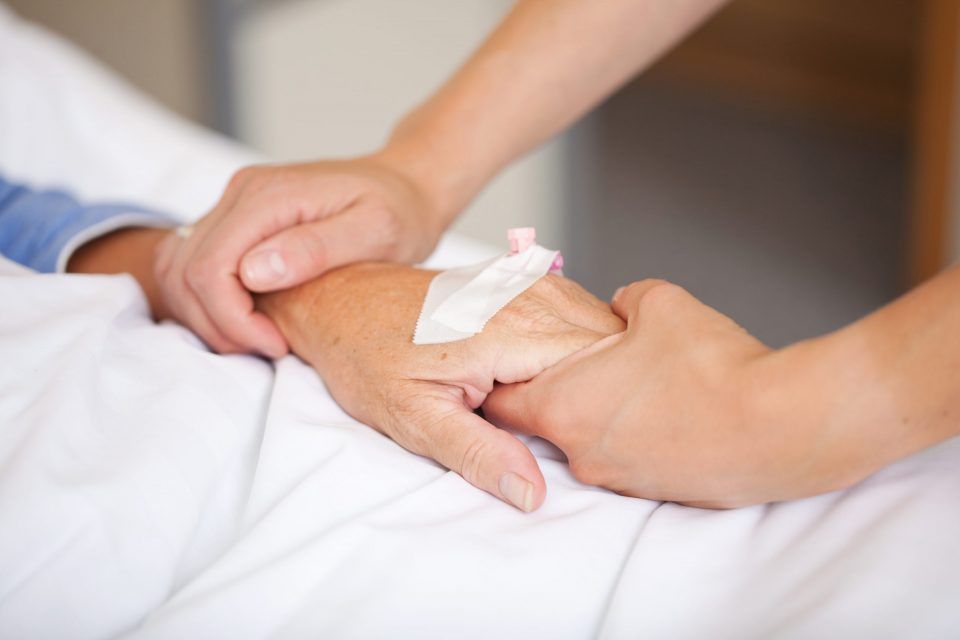treating subungual melanoma
in order to prevent the disease from spreading to other parts of the body, surgery is required to remove the subungual melanoma and the affected nail. occasionally, a small part of a finger or toe may also need to be removed but doctors avoid this as much as possible. a sentinel node biopsy may be required to ensure the cancer has not spread to the lymph nodes.
can subungual melanoma be prevented?
subungual melanomas are difficult to avoid because, unlike other skin melanomas, they are not the result of exposure to the sun. there is some benefit in taking good care of your feet and hands, however, by wearing protective equipment when engaging in sports or other activities that may cause damage to the nails. it is also important to inspect your hands and feet from time to time to ensure there are no unusual changes in the area.
how common is subungual melanoma?
research has shown that subungual melanoma accounts for just
one to three per cent of all melanomas, with a median patient age of 59. the disease appears more commonly under fingernails than toenails, with the thumb and big toe most frequently affected. a subungual melanoma can occur any time after puberty and preceding trauma has been identified as a trigger for the condition.
 3 minute read
3 minute read

















